April 14, 2025 | 23:19 GMT +7
April 14, 2025 | 23:19 GMT +7
Hotline: 0913.378.918
April 14, 2025 | 23:19 GMT +7
Hotline: 0913.378.918
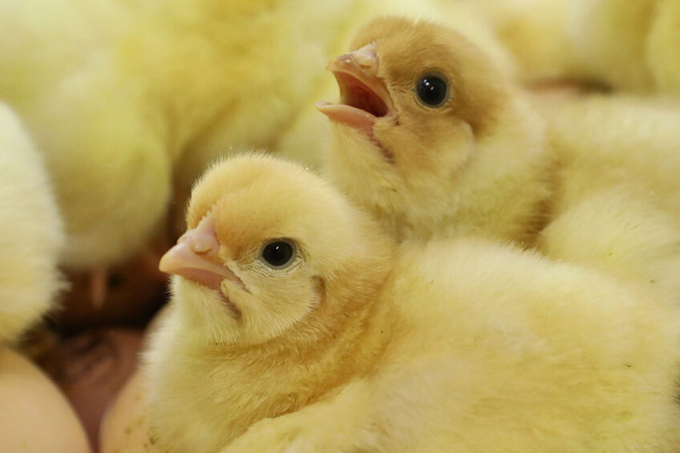
The latest EU outlook said there was a decline in 2022 in EU poultry production of around 1.7%, which was lower than in 2021. Photo: Henk Riswick
The suspension of import duties and quotas on Ukrainian exports to the EU has helped alleviate the war-induced economic pressure on Ukrainian agriculture, together with the Solidarity Lanes and the Black Sea Grain Initiative, which effectively facilitated trade.
Some EU agricultural imports from Ukraine increased substantially last year and put pressure on regional markets such as poultry meat and fed grains. Last year, EU imports grew by around 15% (+105,000 tonnes) due to an increase in shipments from Ukraine. This may be lower this year due to uncertainty surrounding Ukraine’s production.
At the same time, EU exports declined by around 9% in volume due to Russia’s invasion of Ukraine.
A decline in poultry production
The latest EU Agriculture Short-Term Outlook said that last year there was a decline in EU poultry production of around 1.7%, which was lower than in 2021. This was driven by declines in major producing countries such as France (-12%) and Italy (-9%).
The impact of bird flu
The report noted the ongoing occurrence of Highly Pathogenic Avian Influenza (HPAI), saying its longevity meant that it was now being treated as a threat throughout the year rather than a seasonal issue. While its direct impact on poultry meat production is limited as production can quickly recover, damage to EU exports caused by related bans by third countries is of more significance.
Production recovery?
Driven by the tight supply and good demand, EU broiler prices continued increasing and have been reaching high levels in recent months, which partly helped to transfer high feed and energy costs down the chain.
Since the beginning of the year, prices have stabilised and with feed and energy costs now beginning to come down from the very high levels observed last year, some production recovery could take place this year.
It estimates that EU poultry production is likely to grow by around 1.1%, with demand for poultry benefitting from its cheaper price for consumers compared with beef and pig meat. This could support EU poultry consumption growth of up to 2.5% this year.
Trade competitiveness
But lower competitiveness of EU exports will continue, the report suggests, due to the Ukraine/Russia war but also due to increased imports from Brazil. Brazil is more competitive for feed and energy, so it continues trading poultry meat at a cheaper price. Overall, EU imports are expected to increase by a further 7% in 2023 to meet the additional demand growth in the EU.
And despite an observed downward trend in EU prices, it is likely that some other markets, particularly Brazil, might remain more competitive, and so EU exports could drop further, by as much as 5%, the report concludes.
(PW)
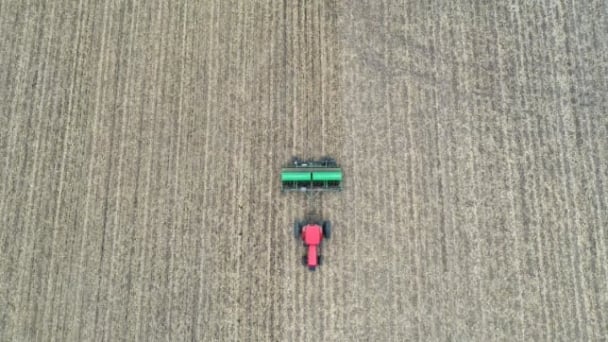
(VAN) Tariffs are making life more expensive for John Pihl. He's been farming in Northern Illinois for more than 50 years.
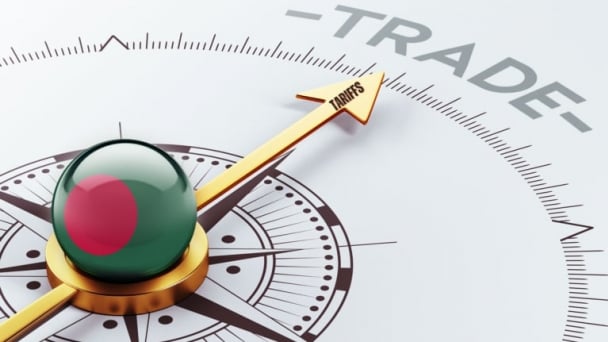
(VAN) European and American farmer organisations are concerned about the import tariffs that the United States introduced on 9 April for products from the European Union. This makes them 20% more expensive.
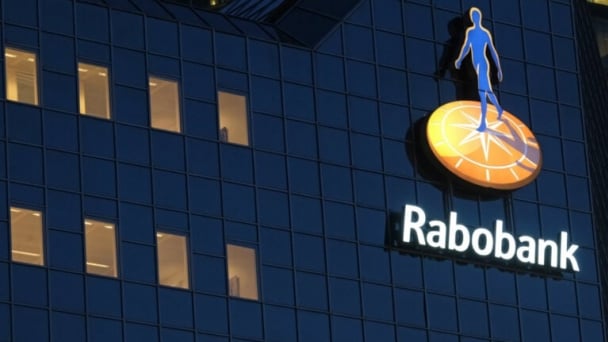
(VAN) Global poultry trade is expected to remain strong amid relatively tight global protein supply and growing consumption, RaboResearch concludes in its latest animal protein report.
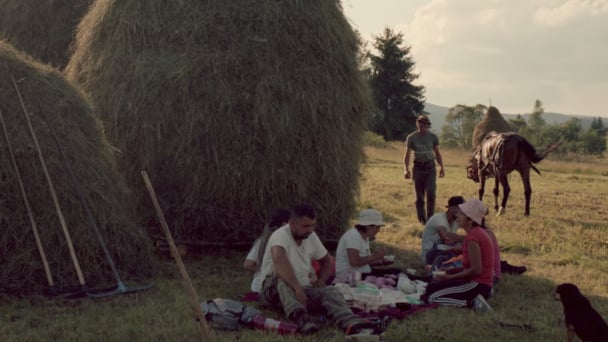
(VAN) Traditional methods benefit hundreds of species but as new agricultural techniques take over, the distinctive haystacks mark a vanishing way of life.
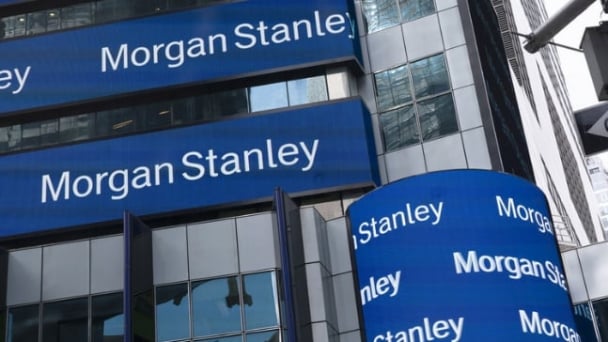
(VAN) The nation’s top banks are quietly advising their clients on how to build a financial life raft - or perhaps life yacht - from the wreckage of runaway climate change.
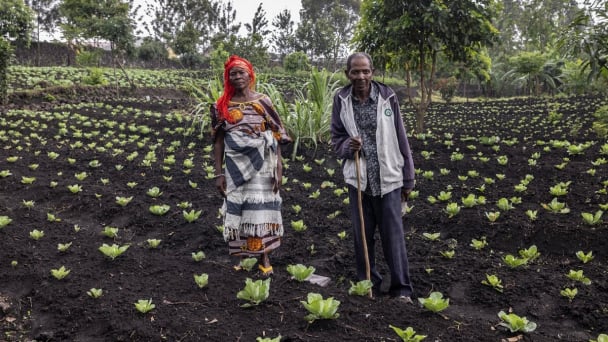
(VAN) From FAO Office in the Democratic Republic of the Congo.
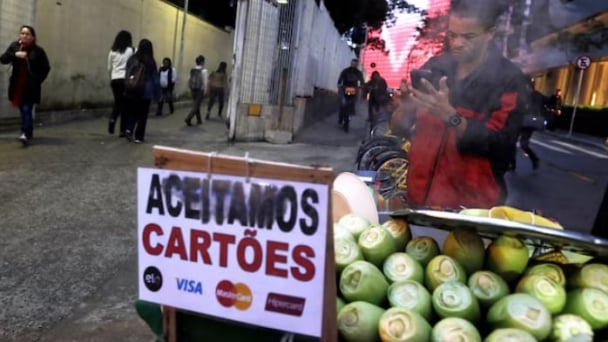
(VAN) Corn prices in the Campinas region have surged past 90 reais ($15.80) per 60-kg bag, the highest nominal level in nearly three years, marking a more than 23% jump year-to-date, according to the widely followed Cepea index from the University of Sao Paulo.